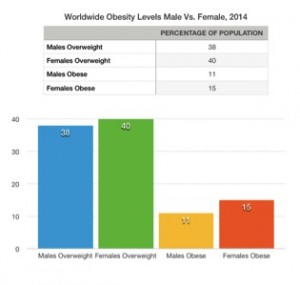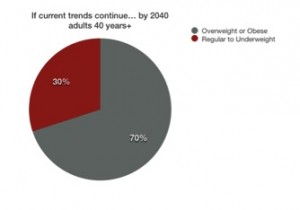One thing I reflected on this week was how PE was taught in my practicum school. This past week I was able to see two different PE classes with two different teachers. Interestingly, both classes played some form of dodgeball. The grade 7 class played a variation of dodgeball called partner dodgeball where they were taking turns hitting their partner. The grade 3 class played “skittles” a game where they had to hit down pins in the back of the opposite territory. Then they played the version of dodgeball where once a student is hit they go to the opposite side and have to hit someone on the opposite team to get back into the game. It is interesting to see so much of a hall of shame game being played in the classroom.
The result of this really made me think about how I would plan a PE lesson. I think my first PE lesson will be one with a variety of activities and one that is inclusive for all students. As I get to know the students I can learn what they enjoy doing and plan inclusive games around their interests.
We looked at alternative environments for lessons. My school is located within a residential area so walking to other environments is limited. However, they have a huge grass field in the back. There is a lot of space to set up fun amazing race, obstacle course type games. Some of the activities we did in this week’s class would work really well in this environment.





